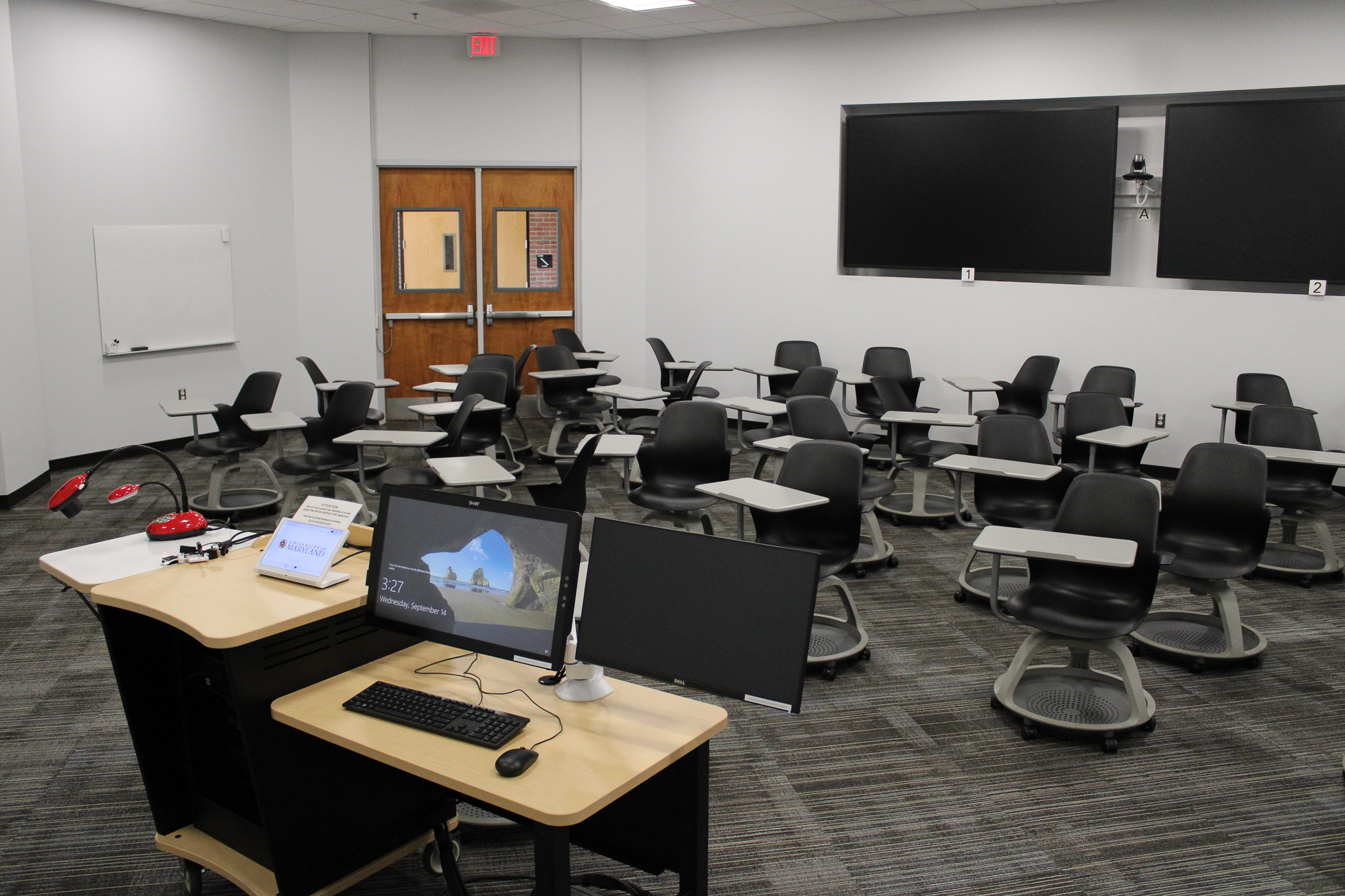Views expressed in opinion columns are the author’s own.
The monotone prattling from a professor wears on and on. Halfway through, students — at least the ones who showed up — are doing other work on their computers, texting their friends or possibly asleep.
Research institutions such as the University of Maryland offer advantages for future careers, including access to experts in the field, a large alumni network and a prestigious education. But classroom teaching can easily devolve into “Death by PowerPoint” or preaching from the podium.
This university’s educational advantages do not need to be at the cost of engaged teaching, and engaged learning should not wait until discussion sections. Academia and research universities must accept that active learning is the expectation, not a dirty word.
One active learning method is flipped classrooms, which provide lectures through recordings or PowerPoint that students perform before class. Class time is spent on activities such as open discussion, games or practicing the skills the course intends to teach.
Ungrading, a type of alternative grading, puts students in power by letting them suggest an overall course grade at the end of the course. It allows students to reflect on how their performance in the course resulted in meeting the learning expectations honestly. Focusing on learning outcomes can remove stress, alter students’ motivation from grade-seeking to content focus, improve responses to feedback and reduce inequalities between students.
Let’s be honest, a two-hour lecture that reiterates information from readings is no fun for anyone. People learn in different ways, and often, it is not just through memorization or lectures. Not all students will become academics and it does not make sense they are taught that way. Focusing on classroom teaching with active learning strategies and student engagement will allow for an innovative future workforce.
Active learning has been shown to improve students’ performance and conceptual understanding of course material. The method increases critical thinking, enables student agency, and removes the “tedious slog”, and it increases student engagement by making students participate in their learning processes rather than just being talked at.
Instead of responding to questions on a test about international organizations, how much fun would that course be if the class had a model United Nations?
In my own classes, I developed a simulation around the United Nations and North Atlantic Treaty Organization in addressing Ukraine. While students had fun playing as state heads, they quickly learned how easily great powers can shut people experiencing crises out of the conversation. This took less effort and allowed students to critically engage with the content.
While active learning’s direct benefits focus on the classroom environment and student engagement, the aspect that increases conceptual understanding will allow students to better apply their education after they graduate.
This university’s teaching and learning center has the resources to prevent “Death by PowerPoint” and preaching from the podium. The center offers workshops and resources for faculty and graduate students, including private teaching consultations and advice for engaging students.
This university has the resources to make sure our education is not just being talked at. Professors must incorporate active learning into the classroom, as education is not limited to memorizing information but understanding how to apply it outside the classroom. That cannot happen if all a student can do is listen.
Autumn Perkey is a government and politics doctoral student. She can be reached at perkey@umd.edu.



